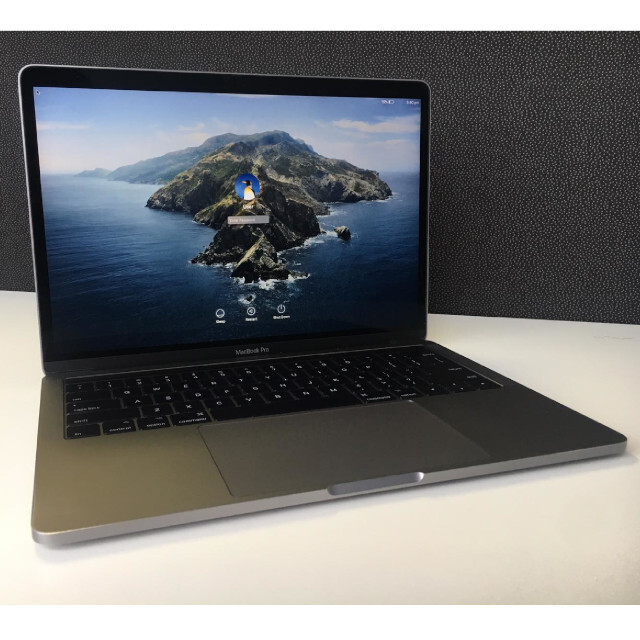

That mark tops the 288-nit ultraportable average, the 302-nit XPS 13, the 318-nit Spectre x360 and the 275-nit ThinkPad X1 Carbon. This MacBook Pro kicked the competition's butt when it came to performance.Įmitting up to 458 nits (a measure of brightness), the MacBook Pro's screen also outshines the competition. That's below the 2.6 category average, the 1.3 from the XPS 13, the 0.7 from the Spectre x360 and the 4.4 from the ThinkPad X1.

The MacBook Pro's panel is also accurate, earning a 0.2 on the Delta-E test, where lower is better. That beats the 98-percent ultraportable average, as well as the measurements from the XPS 13 (94 percent), the Spectre x360 (102 percent) and the ThinkPad X1 Carbon (104 percent). I even saw fine details, such as the red dot on a minuscule knob of a robotic forearm.Īccording to our colorimeter, the MacBook Pro's screen produces 123 percent of the sRGB spectrum. When watching the 4K sci-fi film Tears of Steel on this panel, I loved the gloriously vibrant pink tones of a holographic brain, and noted crisp, pure-white spotlights and rich, inky-black corners of a bellhouse attic. The MacBook Pro's 2560 x 1600-pixel display is a beauty, offering eye-popping color and sharp clarity. That means I'd need one of the company's $19 USB Type-C-to-USB adapters to connect a device such as my USB hub. With four Thunderbolt 3 ports (split between its left and right sides) and a headphone jack, the MacBook Pro shows that Apple's future-facing view still requires that we buy dongles to plug in our pre-existing devices.


 0 kommentar(er)
0 kommentar(er)
